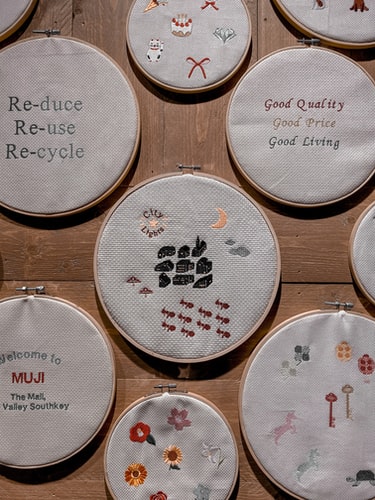

To develop patterns to fulfil the objective or wants of the audience, following the correct procedure is necessary. JD Institute Of Fashion technology is here with a step by step guide of pattern development for the aspiring designers to be influential:
The creation of patterns is the first step in the garment production process. A drawing, garment, or sloper pattern in a base is used to create the pattern (one-size). After making the base size pattern, it can be sewn and tested for fit and aesthetics. Technical Specs are also available and encouraged to be included with each pattern for creation and production purposes. Technical specifications are demanded in bulk or on a page-by-page basis. The following are examples of typical Spec pages for the pattern Making stage: Cutters Must, Prototype POM, Header-Sketch
Do you already have a paper pattern that you’d like to import into the CAD program? The digital pattern can be used for future pattern designs, access to digital archives, grading, and accelerating the creation and production process. Each piece of the paper pattern is measured and digitized in the CAD software, saved and used to begin or continue the creation process.
It is strongly praised that you sew your base size pattern after finishing your first pattern to check fit and appearance. The garment is usually made of fabric with the same or similar shape, weight, and other attributes as the replica production fabric. Sew up the standardized sizes to double-check until moving on to large-scale production if the suit’s first design has also been approved.
You’ll want to see how your prototype/first pattern looks and works on your base size model after you’ve finished sewing it up. It will make some changes and revisions to the garment before being moved back to the pattern pieces. These modifications or enhancements aid in improving fit or changing style lines to suit the design requirements. A pattern revision stage is what it’s called.
After the first pattern is sewn up and meets the client’s ideal aesthetics and fit, it is deemed “Fit Approved.” Then it’s time to move on to pattern scoring. APM will grade the pattern up and downsizes based on the existing sample base size pattern. Grading can be done by the given size map, use your grade table/rules, etc. To begin grading, a list of sizes, whether numerical, alpha, or alphanumeric, as well as a size chart that reflects your size range can be sent to companies providing Pattern making services or can be done yourself by learning the art of pattern making. If clients wish, a “Graded POM” spec and “POM Size Run” with different sizes of increase/decrease sizes can be produced. These specifications do not include a graded pattern and must be purchased separately from the patterns at an extra cost or included in your project estimate.
For use as a PDF file form, single size and graded size patterns are set up in different page size templates. For your customers to be able to download and print pages as well as assemble page templates for cutting and sewing your designs
Each fabric form that your pattern design comes in is marked with markers. All pattern parts and sizes will be laid out on the marker so that you waste as little fabric as possible when cutting it out. Pattern bits are butted up against each other in the correct grain direction to be cut with the fabric folded out flat and several fabric layers stacked on top of each other. Depending on the fabric specifications, markers are rendered in a number of widths.
Technical packets are made up of different specification pages that tell designers, firms, and factories how to cut/sew pattern pieces in specific fabrics/colours. Also, where to put trim/findings, how to sew patterns together, what garments should weigh in particular areas of the garment, and spec each phase of the development/sample/production process so that everybody is on the same page of what the end product should look like. Each page contains various details ranging from the planning stage to the production stage. Tech Packets/Specs may be bought as part of a project or on their own.
If you want to learn about the different types of pattern making in clothing or the Pattern making process, you’ll need to get an education from a reputable institution. JD Institute Of Fashion Technology is one of the best institutes in the country, offering courses such as Pattern making technology and others that follow an industry-focused curriculum to prepare students for the real world. JD Institute has received many awards for their outstanding contributions to education, including the Times power Icon Award, the international Glory Award, Leaders in Education Award, among several others. They also have a 99% placement rate. Students work for top brands like Zara, Tommy Hilfiger, and Sabyasachi, among others, and make a name for themselves in the industry, such as Maheka Mirpuri, Rocky S Shane peacock, to name a few. Candidates are chosen using a general aptitude test, or GAT, developed by the department to help the institute assess the candidate’s artistic or creative abilities. After graduation, the JD council will help you stay in touch with the college and other students by providing helpful advice. It represents the organization’s goal of assisting members in expanding their business opportunities through a well-organized, positive, and skilled referral program that helps them develop meaningful and long-term relationships with quality industry professionals. Enroll now to take advantage of this fantastic opportunity!